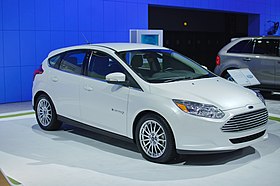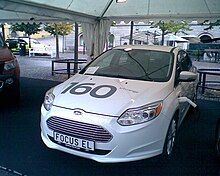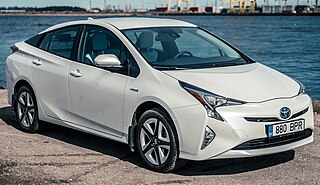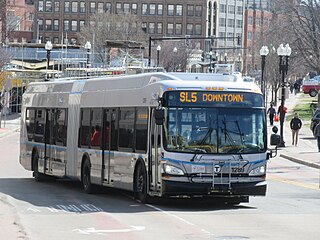| Ford Focus Electric | |
|---|---|
 2012 Ford Focus Electric | |
| Overview | |
| Manufacturer | Ford |
| Production | December 2011 – May 2018 [1] |
| Assembly | Michigan Assembly Plant, Wayne, Michigan Saarlouis, Germany |
| Body and chassis | |
| Class | Compact car (C-Class) |
| Body style | 5-door hatchback |
| Powertrain | |
| Electric motor | 143 hp (107 kW) synchronous motor |
| Transmission | 1 Speed |
| Battery | 23 or 33.5 kWh lithium-ion battery |
| Range | 76 mi (122 km) or 115 mi (185 km) (EPA) |
| Plug-in charging | 6.6 kW onboard charger [2] on SAE-J1772-2009 inlet DC Fast Charging with CCS |
| Dimensions | |
| Wheelbase | 104.3 in (2,649 mm) |
| Length | 172.9 in (4,392 mm) |
| Width | 71.8 in (1,824 mm) |
| Height | 58.2 in (1,478 mm) |
| Curb weight | 3,640 lb (1,651 kg) |
The Ford Focus Electric is a 5-door hatchback electric car that was produced by Ford. The Focus Electric is Ford's second production all-electric vehicle (the first being the Ford Ranger EV), and was made from December 2011 [3] [4] to May 2018. [5]
Contents
- History
- U.K. demonstration program
- Specifications
- Powertrain and battery
- Connectivity and other features
- Production
- Markets and sales
- United States
- Europe
- Marketing
- Recognition
- See also
- References
- External links
The Focus Electric uses the same body (or glider) as the gasoline powered third generation Ford Focus. On introduction in 2011 it had a 23 kWh liquid-cooled lithium-ion battery pack, [6] which delivered a range of 76 mi (122 km) according to the United States Environmental Protection Agency. For the 2017 model this was upgraded to a 33.5 kWh liquid-cooled lithium-ion battery pack [7] which delivers a range of 115 mi (185 km) according to the United States Environmental Protection Agency. The agency rated the Focus Electric combined fuel economy at 105 miles per gallon gasoline equivalent (2.2 L/100 km) [8] for the original model and 107 miles per gallon gasoline equivalent (2.2 L/100 km) for the 2017 model, [9] and ranks the Focus Electric as the most fuel-efficient car sold in the United States in the compact class. [10] The Focus Electric was awarded the 2011 Green Car Vision Award at the 2011 Washington Auto Show. [11]



























